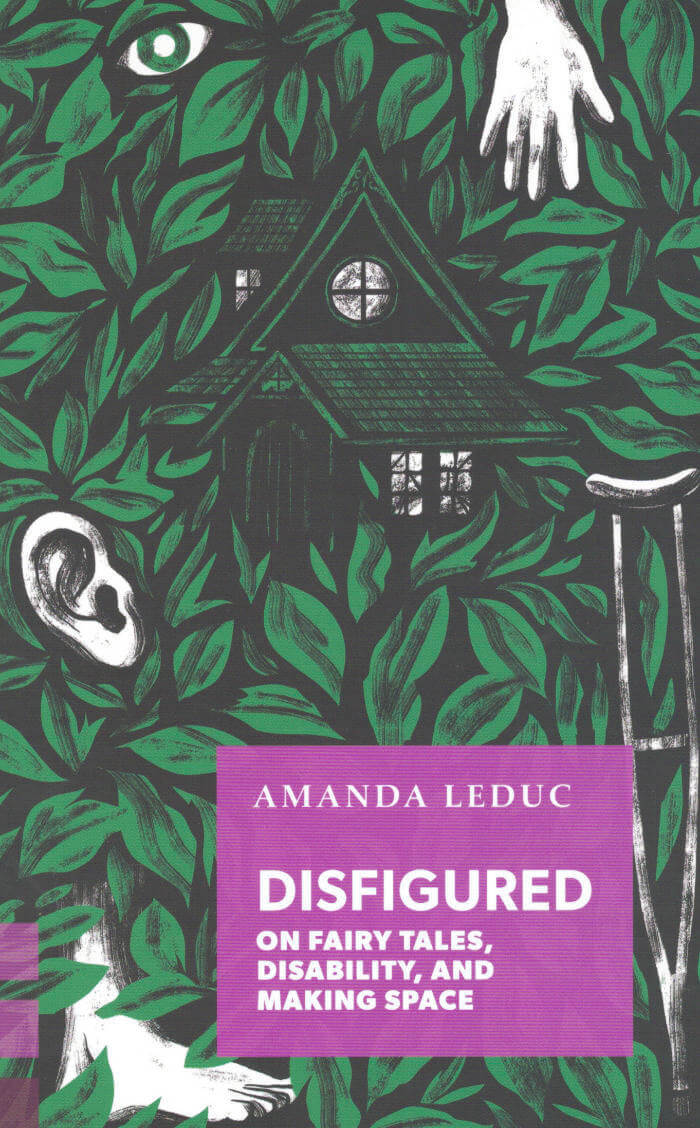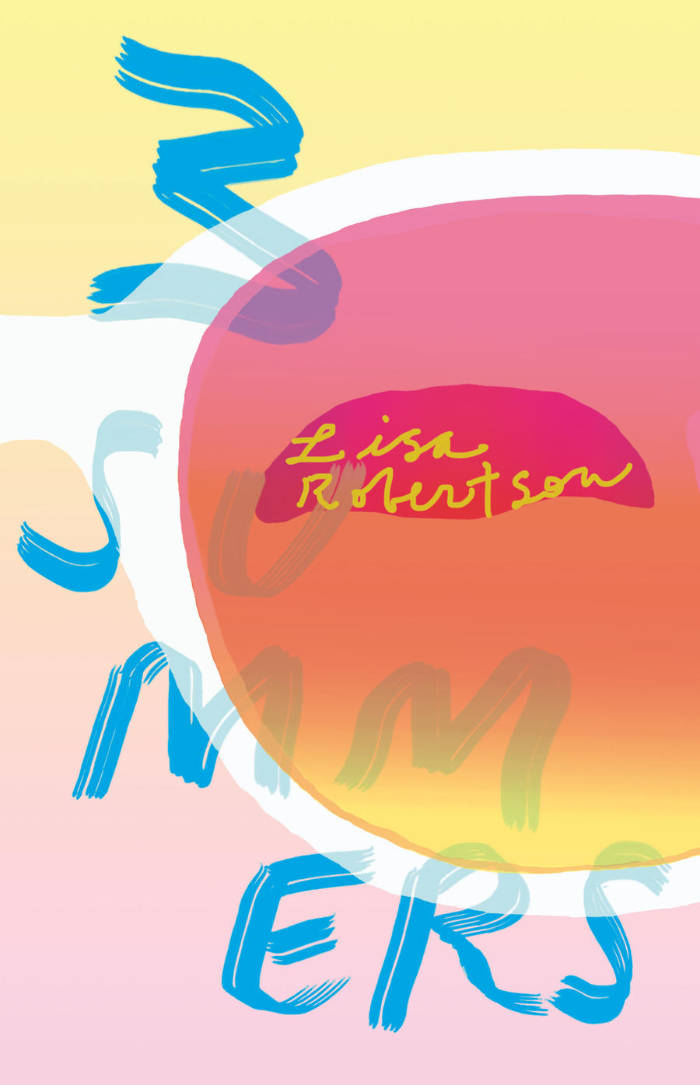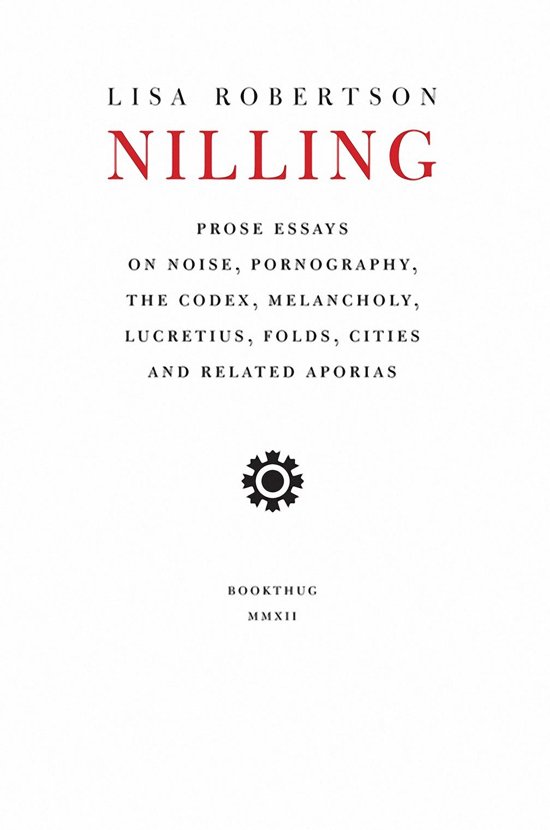
Disfigured: On Fairy Tales, Disability, and Making Space
Challenges the ableism of fairy tales and offers new ways to celebrate the magic of all bodies. In fairy tales, happy endings are the norm - as long as you're beautiful and walk on two legs. After all, the ogre never gets the princess. And since fairy tales are the foundational myths of our culture, how can a girl with a disability ever think she'll have a happy ending? By examining the ways that fairy tales have shaped our expectations of disability, Disfigured will point the way toward a new world where disability is no longer a punishment or impediment but operates, instead, as a way of centering a protagonist and helping them to cement their own place in a story, and from there, the world.
Through the book, Leduc ruminates on the connections we make between fairy tale archetypes - the beautiful princess, the glass slipper, the maiden with long hair lost in the tower - and tries to make sense of them through a twenty-first-century disablist lens. From examinations of disability in tales from the Brothers Grimm and Hans Christian Andersen through to modern interpretations ranging from Disney to Angela Carter, and the fight for disabled representation in today's media, Leduc connects the fight for disability justice to the growth of modern, magical stories, and argues for increased awareness and acceptance of that which is other - helping us to see and celebrate the magic inherent in different bodies.
Amanda Leduc's essays and stories have appeared in publications across Canada, the US, and the UK. She is the author of the novels The Miracles of Ordinary Men and the forthcoming The Centaur's Wife . She has cerebral palsy and lives in Hamilton, Ontario, where she works as the Communications Coordinator for the Festival of Literary Diversity (FOLD), Canada's first festival for diverse authors and stories.






